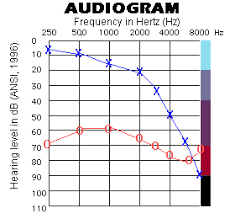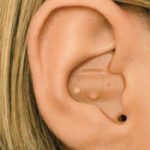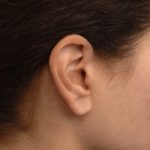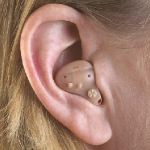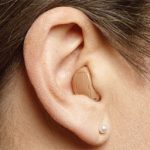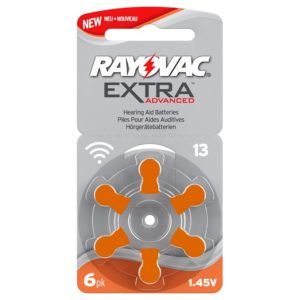In The Ear Hearing Aids
Most commonly, ITE hearing aids will require a size 13 battery which can last around 6-14 days. Size 13 batteries are characterised by an orange tab. They can also fit a size 312 battery, which is characterised by a brown tab and can last up 3-10 days. Battery life depends on the size of the battery, and how you use your hearing aid, such as which settings you have on and how long you wear them each day.
Removing your battery from your ITE hearing aid is simple; first you must completely open the battery compartment door and remove the old battery. Remove the tab of your hearing aid prior to inserting into the compartments in order to activate it, then put it in, then close the battery compartment door. If you have done it correctly, your ITE hearing aid will play a tone. Change your hearing aid battery on a soft and flat surface so that if you drop it, it will not break, nor will you lose the battery.
Ensure that you store your hearing batteries in a place that is dry and has room temperature. To prolong the life of your hearing aid batteries, make sure that you turn off your hearing aid when you are not using it, and leave the battery compartment open. This will allow the moisture that has accumulated while being worn to evaporate – prolonging the use of not only your battery, but the hearing aid.
Contact us on 1300 848 335 today for a free, no obligation consultation with one of our qualified consultants.

